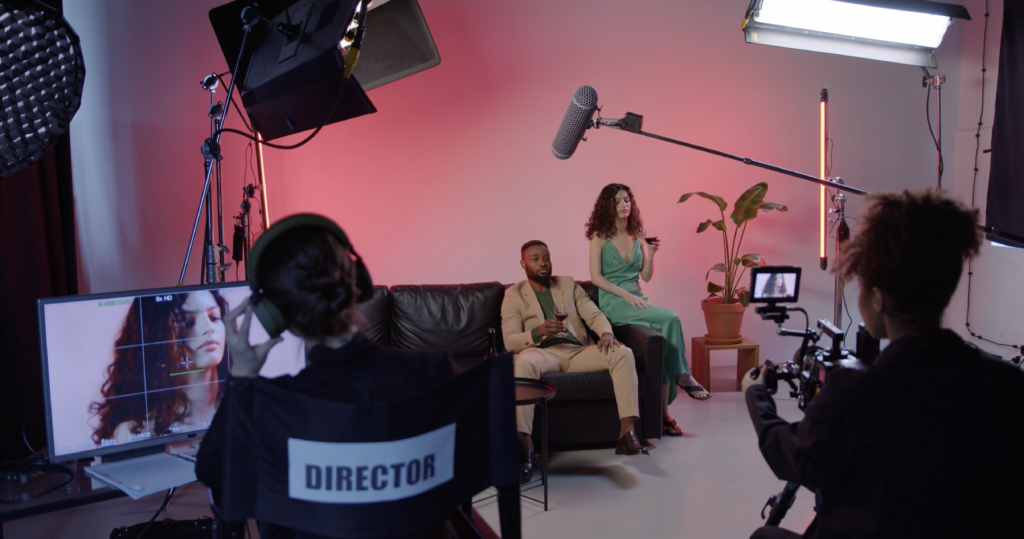Creating content is a big part of any social media campaign. In fact, it’s one of the most important parts. Content creation helps you to attract new audiences, grow your community, and establish yourself as an authority on your subject matter.
But what does it mean to create good content? How do you know if your audience will like it? What tools should you use and how can you make sure that what you’re creating is useful for both your audience AND yourself?
In this article we’ll look at different ways that you can think strategically about your approach to content creation so you can keep your audiences engaged while also building your brands’ credibility online with quality information that doesn’t waste time or space!
Understand your audience
Before you can create a piece of content, you need to know who’s going to be reading it.
You’ll want to know what they’re interested in, what they like and dislike, where they hang out online and offline (if possible) as well as how you can reach them.
This will help give direction and focus for your content creation efforts by helping you determine:
- Where is my audience?
- What do I want them to do?
- Is there a demand for the content I want to create?
Your target audience could be as broad or narrow as you’d like, but remember that the narrower your niche, the higher chance of success.
Once this information is gathered about your audience, then it’s time for the fun part—creating content!
Develop a content strategy
You’ve got a lot of work ahead of you, but it’s important to have a plan before you start.
Developing a content strategy will help you clearly define the goals of your content, determine its audience and purpose, set the frequency and types of posts that will go up on your site or blog (and how often), and figure out how your content will be distributed.
Define the goals
It can be difficult knowing what kind of content best suits your brand. Some companies prefer informative articles while others find success with images or videos.
Think about what type(s) of messages resonate with customers most and determine whether they need more information or entertainment from their purchases’ websites.
Use the right tools and services
The right tool can make all the difference between a good content strategy and a great one.
As you decide on what content creation tools or services to use, keep this in mind: There are plenty of options out there, but not all are created equal. Some are free or cheap; others cost money and require technical skills to use. And some tools specialize in very specific types of content (like infographics), while others focus more generally on text-based posts and social media updates.
For all of your royalty-free music needs, Loudly has a catalog of thousands of songs that are guaranteed to fit any moment you’ve captured.
With one license, you gain access to top-notch royalty-free music created by real producers.
Unlike other music catalogs, Loudly allows you to preview how your videos look with the tracks you’re browsing all without leaving the app.
Any editor will tell you that this saves heaps of time, keeps your workflow streamlined, and lets you get back to capturing more of the content you love.
Develop your voice and be authentic
The best way to develop your voice is by being yourself.
If you’re trying to be someone that you aren’t, it will show through in the quality of your content.
One of the most important characteristics of great content creators is consistency.
Consistency in their style, tone, and approach. It’s not just about being consistent within an article or blog post; it’s also about being consistent across each piece of content that you create.
Never go silent
Don’t leave your audience hanging. Even if you don’t have new content to share, keep the communication going by sharing behind-the-scenes content, asking for feedback, and even soliciting questions.
For example: “Hey guys! We’re still working on a few projects that we can’t share yet but I thought it would be fun to let you know about some of our favorite places around town.” Or “We’re currently working on several different things at once so I’m afraid I can’t give much detail just yet.”
It’s important not only because it keeps your audience interested in what you are doing—and also keeps them from thinking that there is something wrong with their blog—but also because it gives them time and information needed when they do decide to check back in again.
Use a variety of media types to meet needs of different audiences
The type of content you create is just as important as how often you post.
If you only create one kind of content, then it’s likely that the same people will find their way to your channel every time they search for a topic related to what they’re interested in.
To increase the number of people who come to your channel and stay there, try creating multiple types of content so that you can reach different groups of viewers.
Fail Faster
The best way to become good at content creation is to just do it — don’t put off starting because of fear or worry or anything else.
Once you’ve made the commitment, though, be sure that you understand what you’re doing.
There are many different ways of creating content on social media and other channels: blogging, video and audio production, live streaming, podcasts…the list goes on. And each medium has its own quirks and tools for sharing that can make it confusing for new users who haven’t done this type of thing before.
Conclusion
If you’re looking for a way to get started with content marketing, we hope this post has given you some ideas. If none of them seem like a good fit, then just start creating!
There’s no right or wrong way to do it since everyone has different skill sets and experiences that may help them excel in certain areas over others.
But if there is one thing we want readers to take away from this article: don’t let fear hold you back from starting something new because once it starts rolling down hill (or up hill), then momentum will keep pushing it along until completion.

